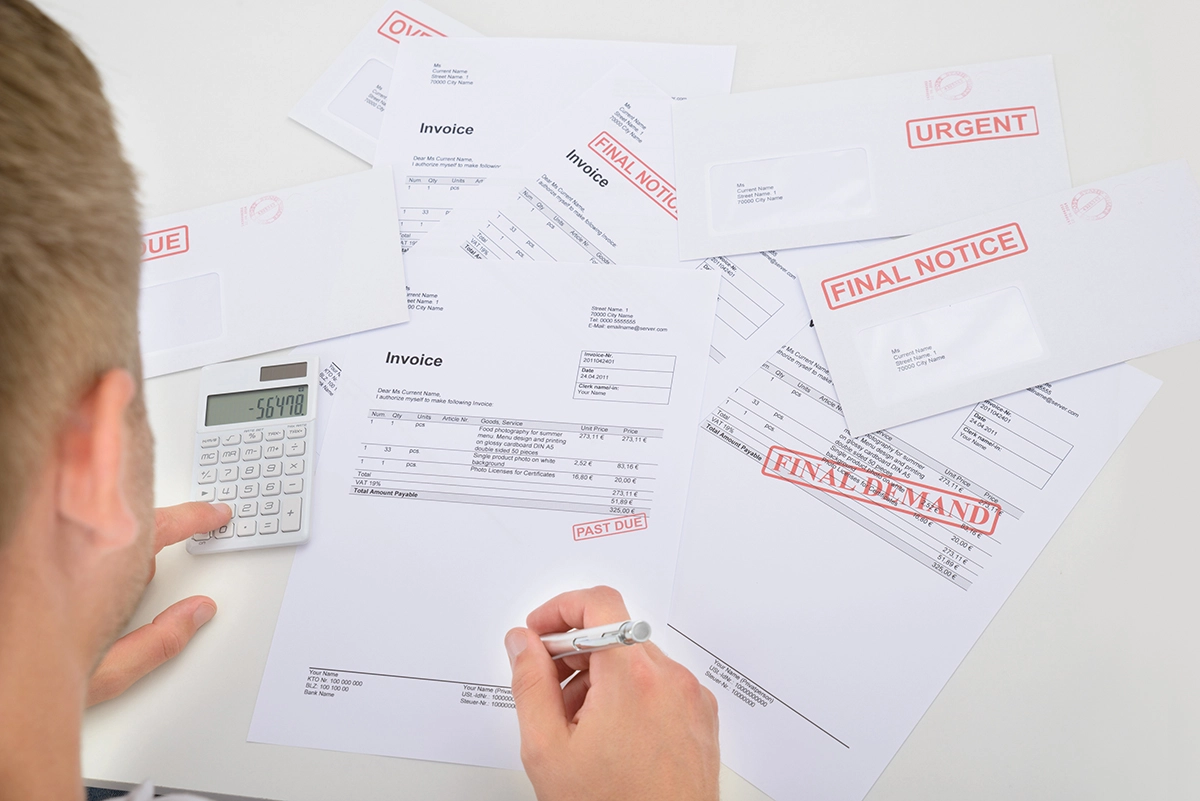Consider how much cost savings and new revenue will result.
Last month I wrote about how to determine whether you can afford to hire a field employee. This month I’ll give you the calculations to determine whether you can afford to hire a new office employee. I define an office employee as one who works in the warehouse or the office. This person supports the field personnel but does not generate revenues for your company.
Here’s the calculation:
1. Determine the hourly wage that you will pay the office employee.
2. Convert the hourly salary into a total yearly wage.
3. Add benefits (FICA, Medicare, etc.).
4. Determine the gross margin of the department where the office employee will work. If the company is not departmentalized, use the company gross margin.
5. Enter the data into the formulas.
To determine the break-even sales that must be generated to support this employee:
Sales required = Total Cost
GM
To determine profitable sales that must be generated to support this employee:
Sales required = Total Cost
GM – P%
GM = Gross margin of the department this employee will work in; if your company does not departmentalize your P&L, it is the gross margin of the company.
P% = the desired profit of the company
Note: Last month the calculation used 1-GM as the divisor. This is because you know direct cost. This month, you have overhead cost, so you divide by the GM.
Let’s assume you are considering hiring a dispatcher:
1. Her hourly wage will be $15 per hour.
2. This translates to $31,200 per year (assuming no overtime).
3. Assume her benefits are 30% of her salary, equaling $9,360.
4. Gross margin of the company is 35%.
5. Desired company profit is 10%.
Break-even sales required =
$40,560 = $115,885.71
.35
Profitable sales required = $40,560 = $162,240.00
.35-.10
The company does not departmentalize its profit-and-loss statement, so the calculation relies on the company gross margin.
The company must generate a minimum of $115,885.71 in additional sales just to break even on the new dispatcher’s salary. If it wants to maintain its 10% desired profit, then the company must generate an additional $163,340 just to afford the dispatcher.
A different way of looking at the same dollar values needed: Can a new dispatcher save the company at least $115,995.71; or more realistically, $162,240? If the technicians and other field personnel are $162,240 more productive because of the dispatcher, then you would hire the dispatcher.
An easy way to determine the answer:
Assume that you have three technicians. Each one can handle an additional call per day, or has less overtime per day, because the dispatcher routes the technicians efficiently.
Marketing activities can generate the additional call per technician per day.
Your average service ticket is $250. This is an additional $750 per day (averaged over the year) or $195,000 per year. Since $195,000 is higher than $162,240 needed, you would hire the dispatcher.
You can also look at the calculation another way:
Assume that the dispatcher can keep the technicians out of the office. They are at their first call at 8 a.m. rather than wasting 30 minutes each morning. This is non-billable time that they put on their time cards that you have to pay for.
Assume that each technician earns $30 per hour, including benefits. This is $45 you save each day. The $45 per day translates into $11,700 in yearly saved cost.
Then you must add the additional revenues that each technician can generate in 30 minutes. Assume that the average service ticket is $250, which includes on average one hour of labor. Then each service technician would be generating an additional $125 per day or $32,500 per year. Three technicians would generate an additional $97,500 per year.
Adding $97,500 in additional revenues plus $11,700 in savings equals $109,200, which is close to break even.
If you think that the dispatcher can’t keep the technicians out of the office or that the company can’t generate the revenues required so that each service technician can do an additional call per day, then it is best to wait until business picks up enough so that she can be productive for you.
This quick calculation helps you determine whether you really can afford to hire a non-revenue producing, office employee.
Ruth King has over 25 years of experience in the hvacr industry and has worked with contractors, distributors, and manufacturers to help grow their companies and to become more profitable. She is president of HVAC Channel TV and holds a Class ll (unrestricted) contractors license in Georgia. Ruth has authored two books: The Ugly Truth about Small Business and The Ugly Truth about Managing People. Contact Ruth at ruthking@hvacchannel.tv or 770-729-0258.





